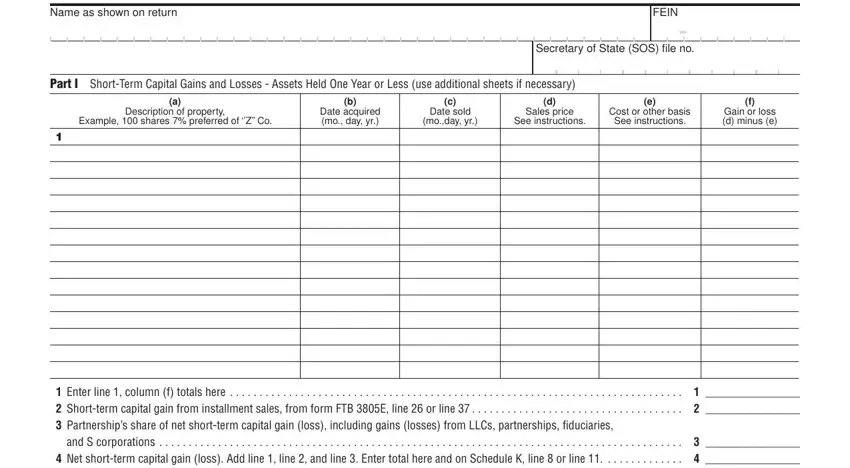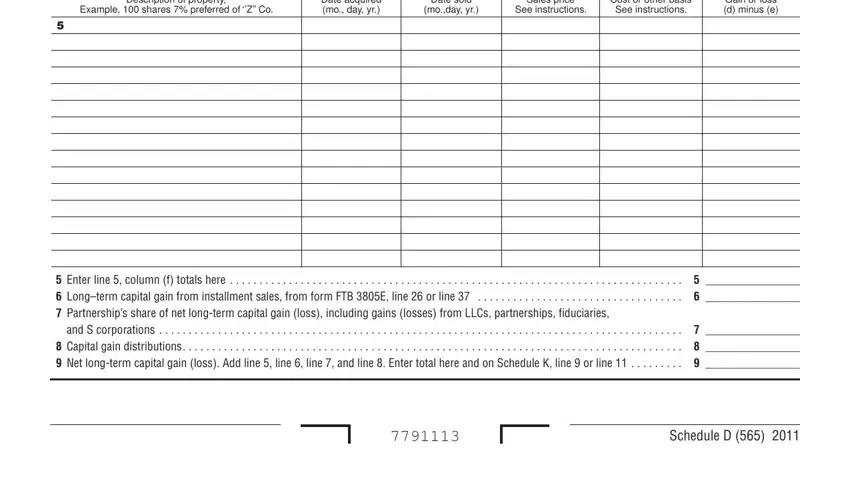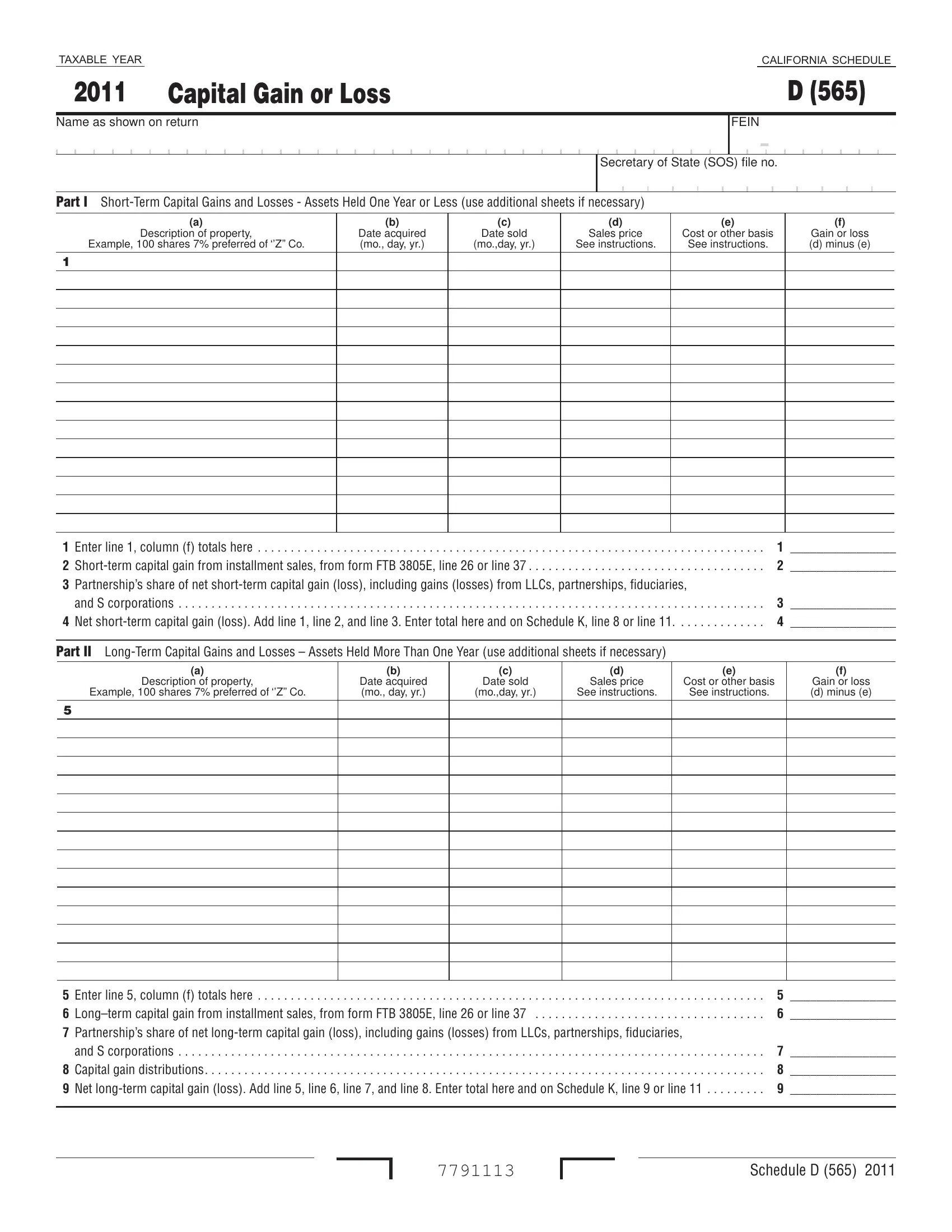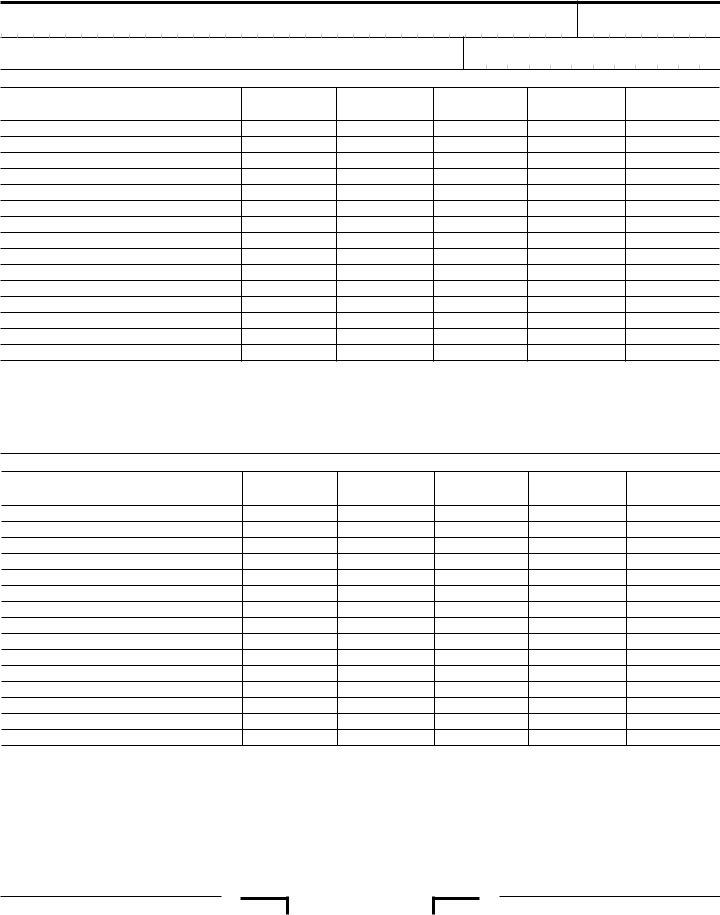|
General Information |
Qualified Small Business Stock |
|
|
California law does not conform to federal law changes regarding the |
|
In general, for taxable years beginning on or after January 1, 2010, |
|
increase in the percentage of the gain exclusion for the sales of qualified |
|
California law conforms to the Internal Revenue Code (IRC) as of |
|
small business stock acquired after February 17, 2009. California law |
|
January 1, 2009. However, there are continuing differences between |
|
allows an exclusion of 50% of any gain from the sale or exchange of |
|
California and federal law. When California conforms to federal tax law |
|
qualified small business stock held for more than 5 years. For California |
|
changes, we do not always adopt all of the changes made at the federal |
|
purposes, 80% of the issuing corporation’s payroll must be attributable |
|
level. For more information, go to ftb.ca.gov and search for conformity. |
|
to employment located within California (at time of issuance). Also, |
|
Additional information can be found in FTB Pub. 1001, Supplemental |
|
at least 80% of the value of the corporation’s assets must be used by |
|
Guidelines to California Adjustments, the instructions for California |
|
the corporation to actively conduct one or more qualified trades or |
|
Schedule CA (540 or 540NR), and the Business Entity tax booklets. |
|
businesses. |
|
|
|
The instructions provided with California tax forms are a summary of |
R&TC Section 18038.5 also provides for the deferral of gain from the |
|
California tax law and are only intended to aid taxpayers in preparing |
|
sale of small business stock that has been held for six months or more, |
|
their state income tax returns. We include information that is most useful |
|
if qualified replacement stock is purchased within 60 days after the sale |
|
to the greatest number of taxpayers in the limited space available. It is |
|
giving rise to the gain. Report gain deferred from the sale of qualified |
|
not possible to include all requirements of the California Revenue and |
|
small business stock in accordance with the instructions contained in |
|
Taxation Code (R&TC) in the tax booklets. Taxpayers should not consider |
|
Revenue Procedure 98-48. |
|
the tax booklets as authoritative law. |
|
For more information, go to ftb.ca.gov and search for qsbs. |
|
|
|
Internet Access |
|
|
You can download, view, and print California tax forms and publications |
|
|
at ftb.ca.gov. |
|
|
Access other state agencies’ websites at ca.gov. |
|
|
|
|
|
Purpose |
|
|
Use Schedule D (565), Capital Gain or Loss, to report the sale or |
|
|
exchange of capital assets, by the partnership, except capital gains |
|
|
(losses) that are specially allocated to any partners. Do not use this form |
|
|
to report the sale of business property. For sales of business properties, |
|
|
use California Schedule D-1, Sale of Business Property. |
|
|
Enter specially allocated short-term capital gains (losses) received |
|
|
from limited liability companies (LLCs) classified as partnerships, |
|
|
partnerships, S corporations, and fiduciaries on Schedule D (565), |
|
|
line 3. Enter specially allocated long-term capital gains (losses) received |
|
|
from LLCs classified as partnerships, partnerships, S corporations, and |
|
|
fiduciaries on Schedule D (565), line 7. Enter short-term and long-term |
|
|
capital gains (losses) that are specially allocated to partners on |
|
|
Schedule K-1 (565), Partner’s Share of Income, Deductions, Credits, etc. |
|
|
Do not include these amounts on Schedule D (565). See the instructions |
|
|
for Schedule K (565), Partners’ Share of Income, Deductions, Credits, |
|
|
etc., and Schedule K-1 (565) for more information. Also, refer to the |
|
|
instructions for federal Schedule D (1065), Capital Gains and Losses. |
|
|
Nonresident and Part-Year Resident Partners, get FTB Pub. 1100, |
|
|
Taxation of Nonresidents and Individuals Who Change Residency. |
|
|
With the enactment of AB 1115 (Stats. 2001, Ch 920) capital loss |
|
|
carryover and capital loss limitations for nonresident partners and |
|
|
part-year resident partners, for the portion of the year they were |
|
|
nonresidents, are determined based upon California source income |
|
|
and loss items only for the computation of their California taxable |
|
|
income. Moreover, the character of their gains and losses on the sale or |
|
|
exchange of property used in trade or business or certain involuntary |
|
|
conversions (IRC Section 1231) are determined for purposes of |
|
|
calculating their California taxable income by netting California sources |
|
|
Section 1231 gains and losses only. |
|
|
California law conforms to federal law for the recognition of gain |
|
|
on a constructive sale of property in which the partnership held an |
|
|
appreciated interest. |
|





